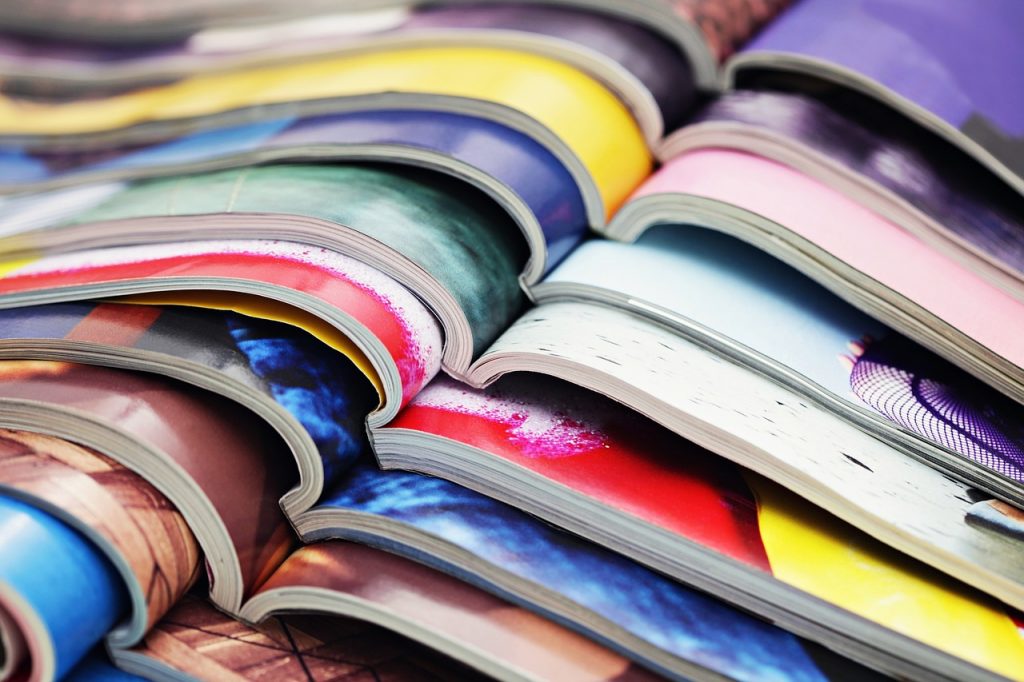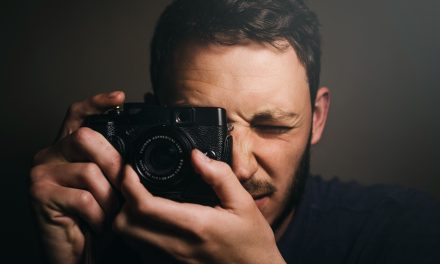Whether you are submitting your work to a fashion magazine, an art publication, or a photography zine, there are always certain rules to follow. It can feel really disheartening to get a rejection, and you may even feel like your work isn’t good enough. However, it might be that your work isn’t even being seen, if you’re making some of the big mistakes that magazine editors just can’t stand.
If you’re trying hard to get your photographs published, make sure you aren’t shooting yourself in the foot by making these common – and easily avoidable – mistakes. Before you send off your next submission, check through this list to ensure you get it right.
1. Not fully reading the guidelines
Magazines that are open to submissions will usually have a page detailing their submission requirements. This isn’t a pretty page just to make the site look better or boost the SEO – it’s meant to be read, understood, and followed. If you can’t find any guidelines, it’s a good idea to shoot off a quick email asking for them so that you know what to expect.
There’s a lot of information in some guidelines, so it can be tempting to skim read them – or just find the submission address and ignore the rest completely. However, the guidelines can form a dual purpose. Firstly, they help the magazine editors to narrow down their submissions just to the kind of photographs they want to see, in a form they can use. Secondly, they help to narrow down what might be thousands of submissions per week just to the ones where the photographer has actually read the guidelines.
If you don’t submit properly, your email might be simply deleted instead of read. And if you don’t attach the information the magazine requires, they might skip over your submission because they don’t have time to chase you up.
These are some of the things to look out for:
- Who to email with your submission, and where to send it
- If you should put something special in your subject line
- What kind of information needs to be in the body of your email or your attachments
- How to name and format your attachments
- Whether they want full-res images first, or a contact sheet, and how to send full-res images over
- Which file format to use for the images
- How often you can submit and how long they will take to consider your work
- If there is a theme you should be considering, or whether submissions are actually open
- How many images should be in your submission
- Any requirements for your images – for example, should they be part of a set, or does the magazine want portfolio-style variety?
- Whether there is a fee for submissions
There may be even more things to think about depending on the individual magazine. Make sure you read everything carefully. You may even find a note somewhere which tells you to add a secret phrase or ignore some of the guidelines above it, as a tricky way to be sure you’re paying attention.
2. Not doing your research
It’s an absolute must that you should at least read one issue of the publication before you submit to it. This is because each magazine will have its own style, the kind of images that they prefer to publish. It might be that they only publish portraits or only landscapes. It might be that they have a dark feel, or prefer to publish photomanipulation and digital art. It could be that they like to feature artists from one particular background.
You really have to read the magazine to understand these nuances. If you don’t, there’s a good chance that you could be submitting something that will never fit. This is a waste of your time as well as the editor’s, and if you get it wrong too often, you could end up being blacklisted because they don’t want to waste any more time on you.
If you can’t get a copy of the magazine for any particular reason, try looking at their social media accounts, where they might publish sample pages and photographs from each issue. You can also try searching the magazine as a hashtag. Other photographers are sure to have shared examples of their work published in the magazine.
3. Not looking professional enough
Any professional photographer knows that an image taken straight out of your camera is not ready for submission. It doesn’t matter how good your camera is or how good you are at using it: the camera produces images that look a little flatter than we usually prefer to see, and they won’t look quite true to life.
At the very least, colour correction is essential, and you may also wish to bump the contrast and sharpen a little. But you can also bring your photographs to a more professional level by going further with your editing. Taking out any flaws from the image will give it a more polished look, and you can change the mood of the photograph by playing with colour toning and filters.
This is another reason why it’s so important to read the magazine first – you need to know what kind of retouching they prefer. Do they want a more natural style, or should your work be polished enough for commercial use?
4. Not personalizing the email
When you send out a mass email, it’s usually very easy to tell. There are lots of mistakes that can give you away, like the following:
- Leaving CC’d email addresses visible so that the editor can see who else you’ve sent it to – if you must mass email, use BCC
- Using the wrong editor or magazine name in the body of your email
- Starting with “dear editors” or something that indicates you’re sending to more than one person at once
- Using the “forward” tool, which leaves your previous sending details visible
- Not adding the information each magazine asks for because you want to send out a single email
These mistakes are understandable, but not excusable. Polish up your submissions and avoid these mistakes from now on!




